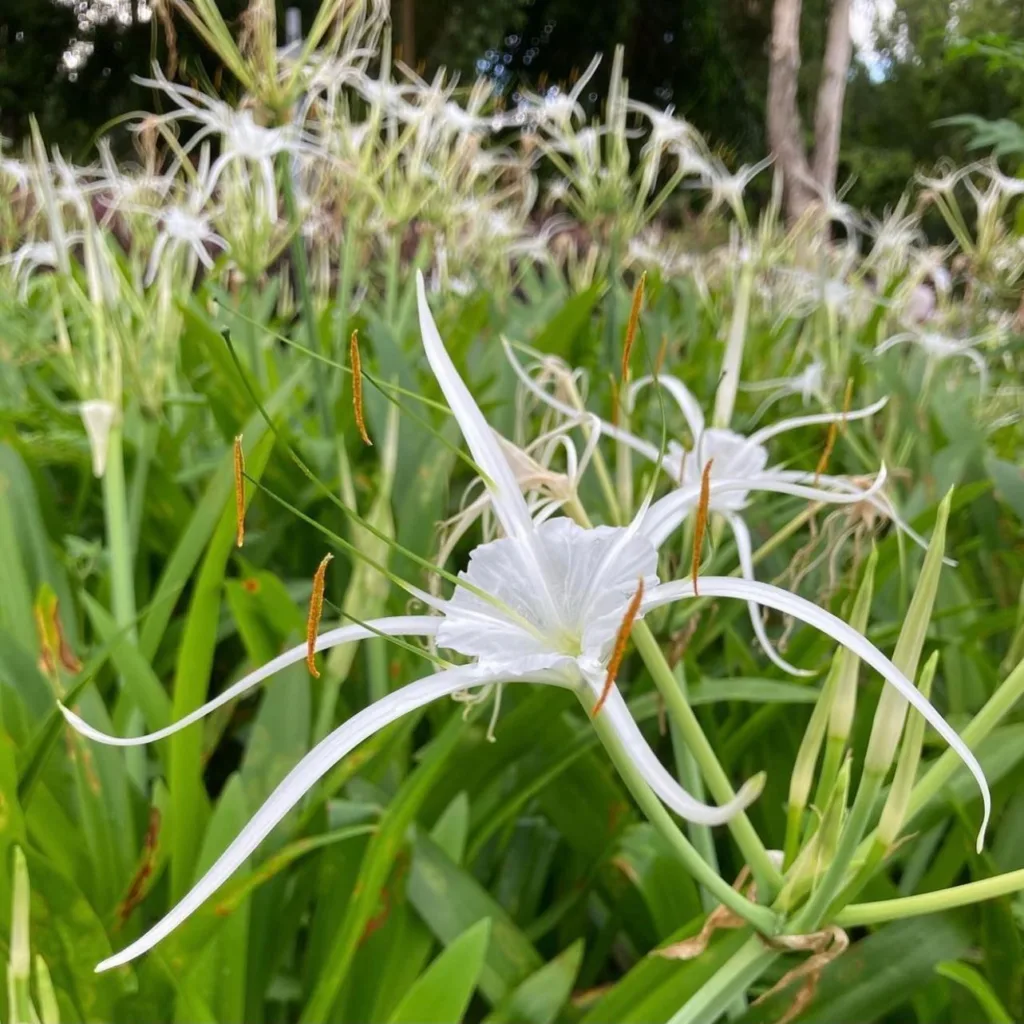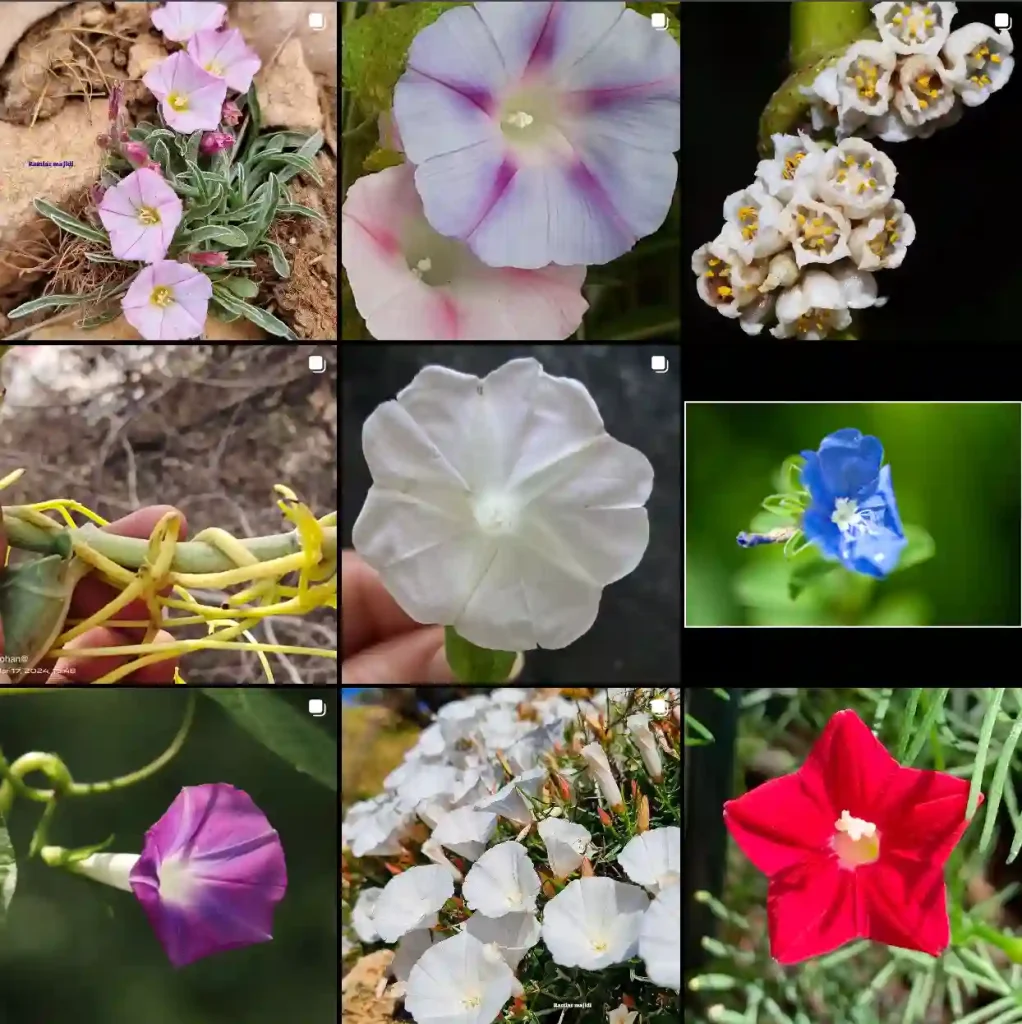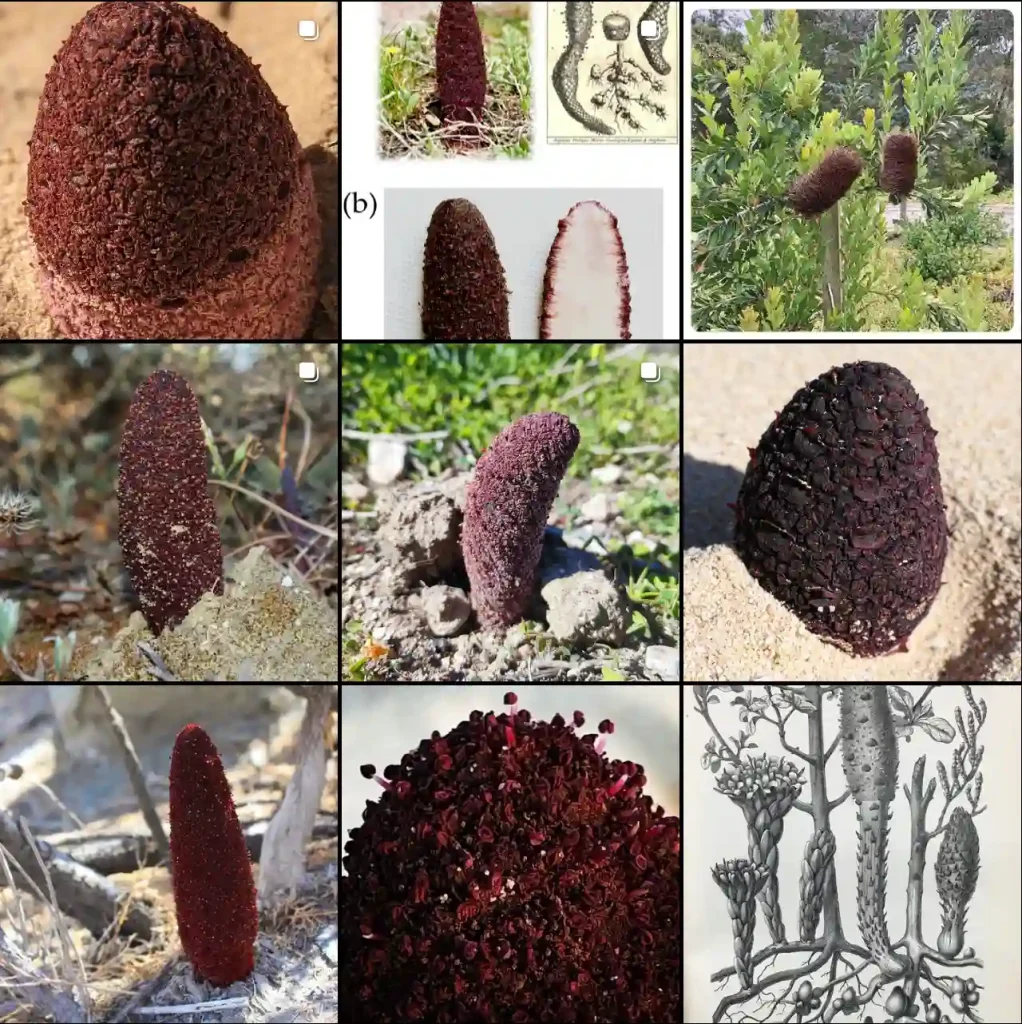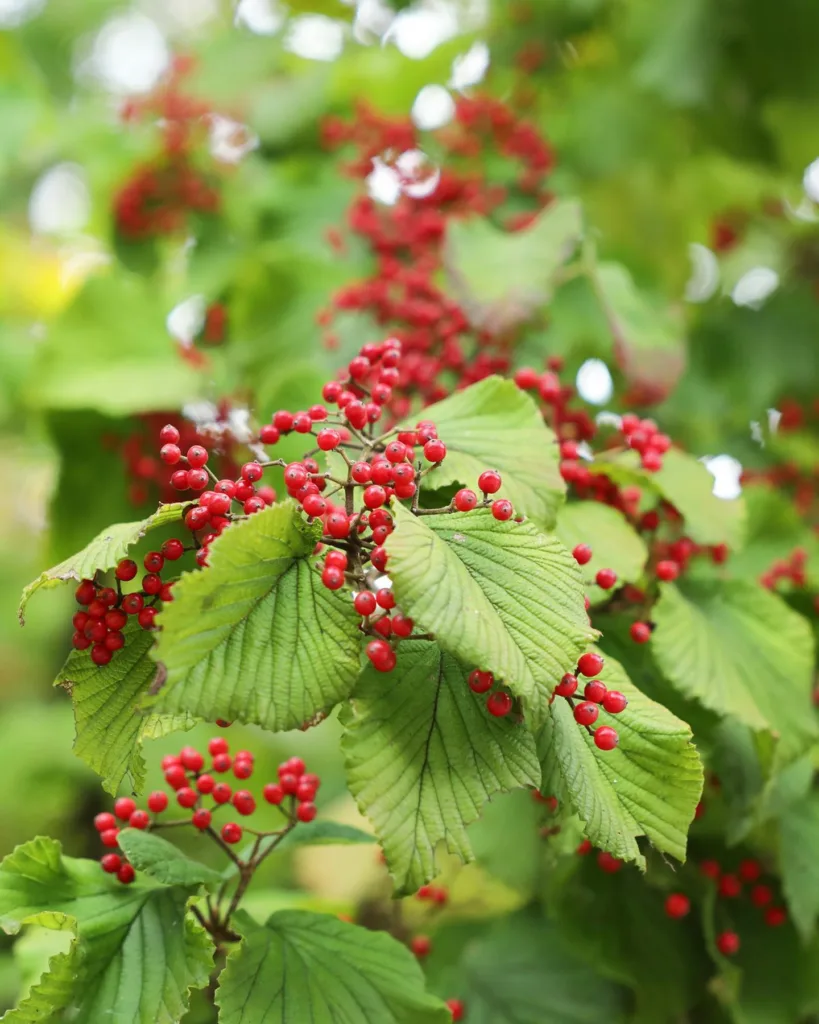Hosta Clausa: A Shade-Loving Groundcover Gem
Hi, I’m Ferb Vu, and I’m here to answer your questions about Hosta Clausa, a fantastic shade-loving perennial that thrives in cooler climates. This lesser-known hosta species boasts unique characteristics that make it a standout in the landscape.
What is Hosta Clausa?
Hosta Clausa, also known as the Closed Hosta, is a native Korean species prized for its lush, dark green foliage and captivating closed flowers. Unlike many hostas, Clausa’s blooms never fully open. Instead, they form eye-catching clusters of deep purple buds in mid-summer, adding a touch of intrigue to shady gardens.
31 Species in Genus Hosta
Why Choose Hosta Clausa?
Several reasons make Hosta Clausa a compelling choice for your garden:
- Thrives in Shade: Unlike many flowering plants, Hosta Clausa flourishes in areas with partial to full shade. This makes it ideal for brightening up those dark corners under trees or north-facing walls.
- Fast-Spreading Groundcover: Hosta Clausa is a fast spreader, creating a dense carpet of foliage that suppresses weeds and retains moisture in the soil. This makes it a low-maintenance option for larger shaded areas.
- Low-Maintenance: Hosta Clausa is a relatively easy-care plant. It requires minimal maintenance once established, needing only consistent watering and occasional division to control its spread.
- Deer Resistant: Deer tend to avoid hostas due to their unappetizing taste. This makes Hosta Clausa a perfect choice for gardens plagued by browsing deer.
How Does Hosta Clausa Compare to Other Hostas?
While Hosta Clausa shares many characteristics with its hosta cousins, there are some key differences:
- Flowering: Most hostas boast fragrant, open flowers. However, Hosta Clausa takes a unique approach, offering clusters of unopened, deep purple buds that provide a captivating visual interest.
- Growth Habit: Many hostas form clumps, but Hosta Clausa is a vigorous spreader, creating a dense groundcover. This makes it ideal for filling larger shaded areas.
- Sun Tolerance: While most hostas prefer shade, some tolerate some sun exposure. Hosta Clausa can handle a bit more sun, particularly in cooler climates with moist soil.
How to care for Hosta Clausa?
Planting Hosta Clausa is a breeze:
- Timing: The ideal planting time is spring or fall when the soil is cool and moist.
- Location: Choose a spot with partial to full shade and well-drained soil. Hosta Clausa tolerates clay soil better than many other hostas.
- Spacing: Plant individual divisions 18-24 inches apart to allow for future growth.
- Watering: Water regularly, especially during hot, dry periods. Aim to keep the soil consistently moist but not soggy.
- Fertilizing: Hosta Clausa is not a heavy feeder. A light application of balanced fertilizer in spring is sufficient.
- Dividing: Over time, your Hosta Clausa may become crowded. You can divide it every 3-5 years in spring or fall to maintain its vigor and control its spread.
Common Problems with Hosta Clausa
While a relatively trouble-free plant, Hosta Clausa can face a few challenges:
- Slugs and Snails: These slimy creatures love to munch on hosta leaves. Use organic slug and snail control methods like copper tape or beer traps.
- Overwatering: While Hosta Clausa enjoys moist soil, soggy conditions can lead to root rot. Ensure proper drainage in your planting area.
- Leaf Scorch: Too much sun exposure, especially in hot climates, can scorch the leaves. Plant Hosta Clausa in a location with adequate shade.
Conclusion
Hosta Clausa offers a unique combination of beautiful foliage, captivating closed flowers, and low-maintenance care. Its fast-spreading nature makes it ideal for large shaded areas, while its deer resistance adds another layer of appeal. If you’re looking for a shade-loving groundcover that adds a touch of intrigue to your garden, Hosta Clausa is definitely worth considering.
If i die, water my plants!



